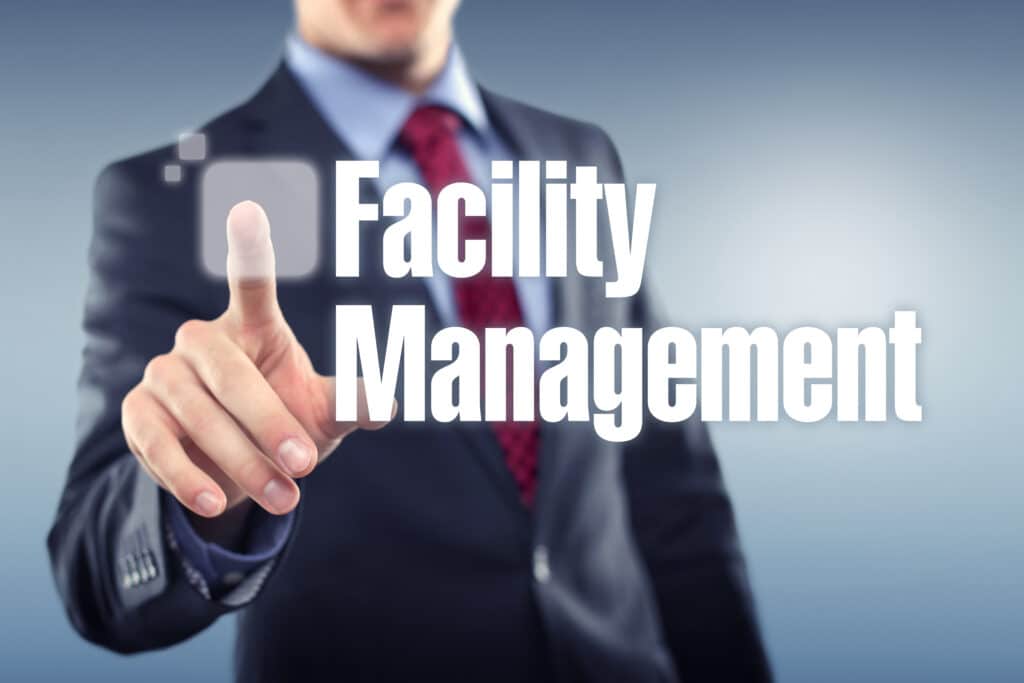Facilities Management
Facilities management (FM) is a comprehensive discipline that involves the strategic planning, operation, maintenance, and optimization of physical spaces and infrastructure within an organization. This multifaceted field encompasses a wide range of activities aimed at creating and maintaining a safe, efficient, and productive environment for employees, customers, and visitors. Here’s a detailed description of facilities management:
- Strategic Planning
- Space Management
- Maintenance and Repairs
- Security and Safety
- Energy Management
- Environmental Sustainability
- Technology Integration
- Compliance and Regulations
- Cost Management
- User Experience
- Strategic Planning: Facilities management begins with strategic planning, which involves aligning the physical infrastructure with the organization’s goals and objectives. This includes forecasting future space and infrastructure needs, budgeting for facility-related expenses, and establishing long-term plans to ensure facilities support the organization’s mission.
- Space Management: Efficient utilization of space is a crucial aspect of FM. Facilities managers assess and optimize the allocation of office, manufacturing, or storage space to meet operational requirements while minimizing wastage and ensuring compliance with regulations and safety standards.
- Maintenance and Repairs: FM teams are responsible for the ongoing maintenance and repair of all building systems and equipment. This includes HVAC (Heating, Ventilation, and Air Conditioning), plumbing, electrical, and more. Preventative maintenance is a key component to avoid costly breakdowns and downtime.
- Security and Safety: Maintaining a secure and safe environment is paramount. FM oversees the implementation of security measures, such as access control systems, surveillance, and emergency response plans. Ensuring compliance with safety regulations, such as fire codes and occupational health and safety standards, is also part of the role.
- Energy Management: Efficient energy usage is a growing concern for organizations due to environmental and cost considerations. FM professionals work to reduce energy consumption through strategies like upgrading lighting, HVAC systems, and implementing energy-efficient technologies.
- Environmental Sustainability: Facilities managers increasingly focus on sustainability initiatives. This includes reducing carbon footprints, managing waste and recycling programs, and adopting green building practices to minimize the environmental impact of facilities.
- Technology Integration: The integration of technology within facilities is a key aspect of modern FM. This includes implementing smart building systems for monitoring and controlling various aspects of a facility, such as lighting, temperature, and security, often through Building Management Systems (BMS) or IoT (Internet of Things) devices.
- Compliance and Regulations: Staying in compliance with local, national, and international regulations is essential. FM professionals keep up to date with building codes, environmental regulations, and safety standards to ensure that facilities are in full legal compliance.
- Cost Management: Managing the operational costs associated with facilities is critical. This involves budgeting for maintenance, repairs, utilities, and other expenses while seeking cost-effective solutions to reduce operational costs without compromising quality.
- User Experience: Facilities management also considers the needs and comfort of occupants. This includes providing a clean, well-maintained environment that enhances the productivity and well-being of employees and visitors.
In summary, facilities management is a comprehensive function that plays a vital role in the effective and efficient operation of organizations. It encompasses planning, maintenance, safety, sustainability, and cost management to create spaces that support an organization’s mission while ensuring compliance with regulations and enhancing the overall user experience


